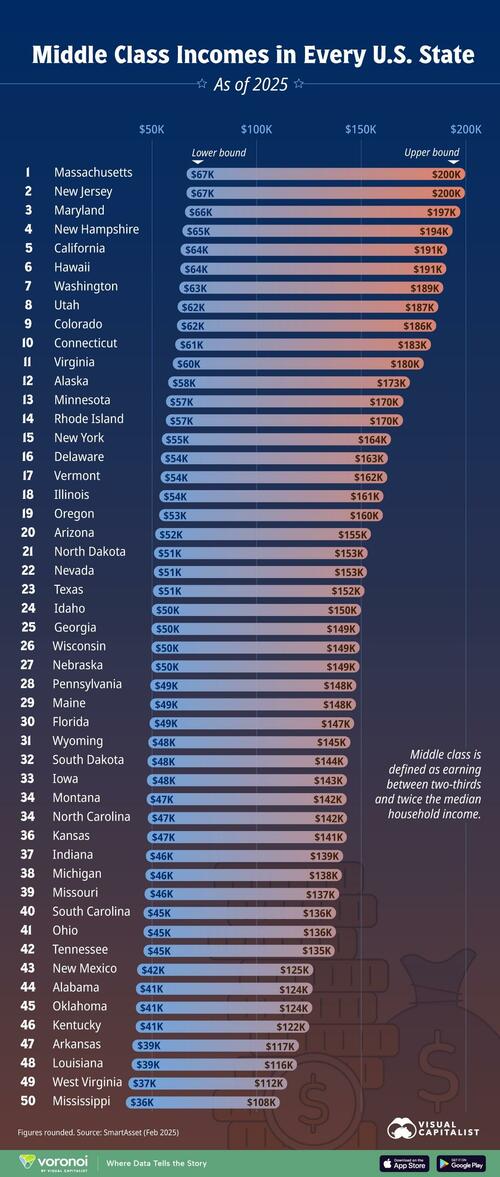US Office Focused On Shipbuilding Aims To Counter China’s Maritime Dominance
US Office Focused On Shipbuilding Aims To Counter China’s Maritime Dominance
Authored by Mike Fredenburg via The Epoch Times,
Creating an office of U.S. shipbuilding to facilitate America’s return to being a true maritime power is long overdue and is necessary to counter China’s growing maritime dominance.
At the end of World War II, the United States had over 100 shipyards, and its flagged fleet, the largest in the world, carried 57 percent of U.S. trade, while the majority of world trade was carried in U.S.-built ships.
Today, only about 0.2 percent of global commercial tonnage is being carried in ships built in the United States. Collectively, China, South Korea, and Japan build over 90 percent of the world’s large commercial ships. And with China building over 50 percent of the world’s gross shipping tonnage, it is by far and away the world’s largest shipbuilder, with 232 times more shipbuilding capacity than the United States.
While the lack of commercial shipbuilding capacity is not the only reason we have seen the U.S. Navy decline in size and capability, it has created an environment that makes correcting the issues plaguing the Navy very difficult. Indeed, the lack of commercial shipbuilding is arguably the root cause of our Navy’s decline in readiness, its exploding ship costs, and its inability to hold vendors accountable when they deliver underperforming ships overbudget and years behind schedule.
Examples of underperforming, overbudget ships include the Constellation-class frigate, the Littoral combat ship, the Ford-class carriers, and the massive Zumwalt destroyer. It is the failures in these key shipbuilding programs that has led to the decline of the U.S. Navy’s size and readiness. Moreover, the vendors associated with these failed and or grossly underperforming programs have at worst received a slap on the wrist and are collectively lined up to receive many hundreds of billions more in U.S. Defense contracts over the coming decades.
Shipbuilders have been able to underdeliver with near impunity, in part due to the fact that they are the only game in town, i.e., if you cancel major defense contracts then the government-dependent companies will go out of business and there will be no shipbuilding capacity. For example, there is currently only one shipbuilder that can build and execute the Refueling and Complex Overhaul work on U.S. nuclear-powered aircraft carriers. While there are two firms that can build U.S. nuclear submarines, they are suffering from a lack of skilled labor. In the vast majority of cases, the prime contractors who build the Navy’s ships are almost wholly reliant on military contracts to survive.
All this means that when contracts are put in place, they are not just put in place to deliver the most powerful ships at the best price, they are put in place to ensure that the company executing the contract can keep its people employed from contract to contract. Thus, contracts are strung out for many years. This makes sense, as having enough people trained up in the skills to rapidly deliver a ship or a number of ships, only…










